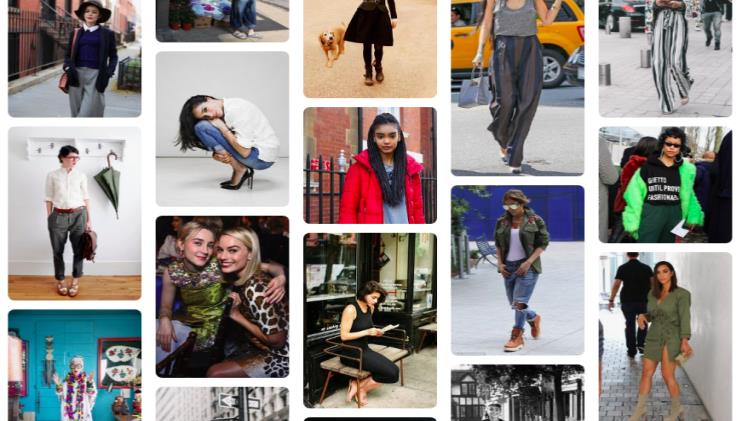Workwear is the appropriate attire for various businesses and corporate events. It suggests a professional and stylish business-casual appearance. If a dress is knee-length, has a conservative fit, and is designed in a way that is appropriate for an office setting, it is deemed business casual. Men often need to wear a suit. However, womens workwear includes several options for professional attire.
Types of Women’s Workwear and Their Examples
1. Formal Style
Casual clothing is acceptable in many offices because it is a common type of apparel. In addition to many standard business staples, work casual outfits sometimes include khakis and other casual clothing. Job interviews, client meetings, and office situations call for business casual attire. It is typically a suitable way to dress if you are unsure about the surroundings because it is neither casual nor overly formal.
Examples of Business Casual Attire
Some examples of business casual attire are
- Slacks
- Pencil skirts
- Khakis
- Blouses
- Trousers
- Button-down shirts
- Collared shirts
- Blazers
- Sports coats
- Sweaters
2. Business Style
Business professional wear is a common choice in more formal situations or workplaces with rigorous dress standards. You might dress professionally in banking, government, or law. Professional business attire should fit you properly and may even be customised for you.
Examples of Business Professional Dress
When dressed professionally for business meetings, professional business attire may entail well-groomed button-down shirts or blouses paired with blazers.
- Dresses
- Slacks
- Skirts
- Dark-coloured suits
- Ties
3. Contemporary Casual
Another variation of casual office dress with a fashionable edge is smart casual. If you’re dressing smart-casual, you might wear more trendy apparel. This style of business dress is suitable for more accommodating offices. Another option is to wear smart casual to an interview in a less formal workplace. In this way, you may retain a clean, polished appearance that shows you care about your appearance while still adhering to their informal dress code.
Examples of Stylish Casuals
- Blazers
- Heels
- Sweaters
- Collared shirts
- Trousers
- Skirts
- Khakis
- Blouses
Some Dressing Advice for Women in Business
There are a few things to think about while choosing what to wear in particular circumstances:
- In any setting, avoid wearing large or busy jewellery, four-inch or higher heels, or clothing with profanity or other potentially offensive statements or slogans.
- Observe people’s attire closely if you work in an office. The workplace could be casual, but you might notice that people in leadership positions dress a little more formally. You can dress professionally like individuals with the position you want.
- You might wear a different kind of business dress for various places or occasions. If there is a dress code, pay attention to it. If not, observe how other people dress or, if necessary, ask around. You can present yourself as a responsible worker who cares about your performance in the position by dressing accordingly.
- Ask your coworkers who may know or have met with this individual about how their offices run and how you might appear courteous and sophisticated during your meeting with them.
Even so, your attire ought to be nice, pressed, and appropriate for your job. In light of everything, women’s workwear should prioritise comfort and decency. Make no fashion statements in the workplace unless you are in the fashion industry. Respect the social protocols and organisation culture to better acquaint yourself and make yourself feel like one of them. Instead of being judged by the newest fashion trend, one should be recognised and valued for one’s professional expertise.

